Dinosaur Park (공룡공원)
12.5 Km 3327 2023-01-25
43, Yongdu 2-gil, Nam-gu, Daegu
+82-53-664-2782
At the Dinosaur Park, located in Gosangol of Apsan Mountain, Nam-gu, Daegu, you can see life-size dinosaur models such as Tyrannosaurus, Spinosaurus, Stegosaurus, and Brachiosaurus. In addition, there is a photo zone with dinosaur eggs and baby dinosaurs where you can take pictures freely. Also, if you use the augmented reality app on your smartphone, you can see the dinosaur fossil creation process in a video for a more vivid dinosaur experience.
Biseulsan Recreational Forest (비슬산자연휴양림)
12.5 Km 46228 2024-02-07
99 Iryeonseonsa-gil, Yuga-eup, Dalseong-gun, Daegu
+82-53-659-4400
Biseulsan Recreational Forest is located near Daegyeonbong Peak, between Johwabong and Gwanggibong Peaks, and is beautiful all year round. The largest charm of this forest is the ability to enjoy the beautiful scenery in comfort thanks to the amenities. The valley features many uniquely shaped rocks. Every year in late spring, the field near the summit of Biseulsan Mountain blooms with wildflowers. The forest is a popular location for youth retreats during school vacations. Additional facilities include cabins, a campground, pond, and more.
Nakdong River Victory Memorial Hall (낙동강승전기념관)
12.6 Km 31015 2021-07-20
574-110, Apsansunhwan-ro, Nam-gu, Daegu
+82-53-621-9880
Nakdonggang River is a winding river that is filled with great strength to protect the people, representing the wisdom and deep meaning for the country's reunification. Thanks to its geographical advantage, it provided
a good distance of ceasefire line between Korean soldiers and their enemies during the Korean War, reducing casualties.
Opened on June 25, 1979, Nakdong Victory Memorial Hall was built in memory of the victory at the Nakdonggang defense line which was the last fortification to protect the country during the Korean War. The memorial hall was built with private donations from the residents of Daegu and Gyeongbuk province. In particular, postwar generations, especially the young generation people who did not experience the Korean War, can learn about the history from here.
Puruncha Tea Culture Research (사단법인 푸른차문화연구원)
12.7 Km 1 2024-04-23
41 Universiad-ro 11-gil, Suseong-gu, Daegu
+82-507-1377-1114
Puruncha Tea Culture Research opened in 1996 to promote Korea's traditional culture and etiquette through tea ceremonies and other programs related to tea. The center uses 100% Korean tea in all programs, supporting local farmers and the local economy.
Daegu Apsan Park (대구앞산공원)
12.8 Km 67971 2024-03-15
574-87 Apsansunhwan-ro, Nam-gu, Daegu
+82-53-803-7420
Daegu Apsan Park, as its name suggests, is a mountain park located in front of Daegu. It is a natural park where visitors can take a cable car to the summit observation deck and enjoy a panoramic view of the cityscape below. The park features numerous valleys, springs, as well as landmarks such as the Nakdong River Victory Memorial Hall, Chunghontap tower, youth training center, archery range, riding facilities, children's playground, library, museum, and botanical garden.
ER NC Department Store - Kyungsan Branch [Tax Refund Shop] (ER NC백화점 경산)
13.3 Km 0 2024-04-18
39, Jungang-ro, Gyeongsan-si, Gyeongsangbuk-do
-
Jageumseong (자금성)
13.3 Km 7293 2021-11-16
127, Dongdaegu-ro, Suseong-gu, Daegu
+82-53-767-6700
Jageumseong is in a building designed like an ancient Chinese palace, serving rare Chinese dishes in a great atmosphere. The authentic dishes are made of carefully selected ingredients and served by friendly staff. The unique recipes from different regions of China are combined with those of Korea. The restaurant won the Presidential Award in October 2007 on Tourism Day. It also obtained the ISO certification. The restaurant only uses olive and canola oil to make healthy dishes.
Daegu National Museum (국립대구박물관)
13.6 Km 30455 2023-01-05
321, Cheongho-ro, Suseong-gu, Daegu
+82-53-768-6051
Daegu National Museum was founded on December 7, 1994 to preserve and exhibit the unique cultural heritage of Daegu and Gyeongsangbuk-do. The museum is housed in a two-story brick building with one basement floor near Beomeo Park. The museum aims to promote the region's history and culture through educational programs.
Village of the Nampyeong Mun Clan in Bon-ri (남평문씨본리세거지)
13.8 Km 20572 2021-03-16
16, Inheung 3-gil, Dalseong-gun, Daegu
+82-53-668-3162
The Village of the Nampyeong Mun Clan in Bon-ri was built on what used to be part of a temple, but was organized following a well-field system to make the area a residence for many generations. As of now, nine houses and two pavilions remain, as well as a low wall along the road.
The main building of the village is Subongjeongsa, located in the center of the area. It was used for meeting guests, as well as a gathering place for the family, and features beautiful gardens. Gwanggeodang Hall was an educational place for studies and refinement. Insumungo Storage Building preserves about 10,000 books and clan treasures. It started out as a small building but later was expanded, including an additional building constructed just to read books.
Inheung Village (인흥마을)
13.8 Km 16617 2020-04-14
16, Inheung 3-gil, Dalseong-gun, Daegu
+82-53-668-3162
The descendants of Mun Ik-jeom, who are known to have
brought the Nampyeong Mun clan to prosperity, reportedly came to Daegu about 500 years ago. It was during the time of Mun Gyeong-ho (1812-1874), the 18th descendant of Mun Ik-jeom, that the clan became established in Inheung. Mun executed his plan to create a village for the clan by putting down roots in the old site of Inheungsa Temple, a large-scale temple in the Goryeo era.
Yonghojae, which is a place for offering ancestral memorial services, is the first building established at the village constructed before or after 1920. The first residential building was built around the late 1800s in the form of thatched cottage. During the course of a hundred years, the village developed into what it is today. Featuring about 70 or so tile-roofed homes, Inheung Village is only about 200 years old but it is a great example of traditional residential homes of the em>yangban upper class in the Yeongnam region. The harmony between the way the village is organized and the surrounding landscape is unique and rare.

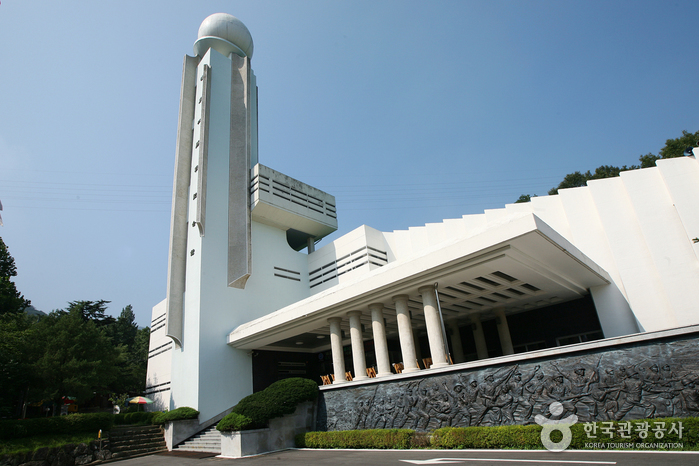
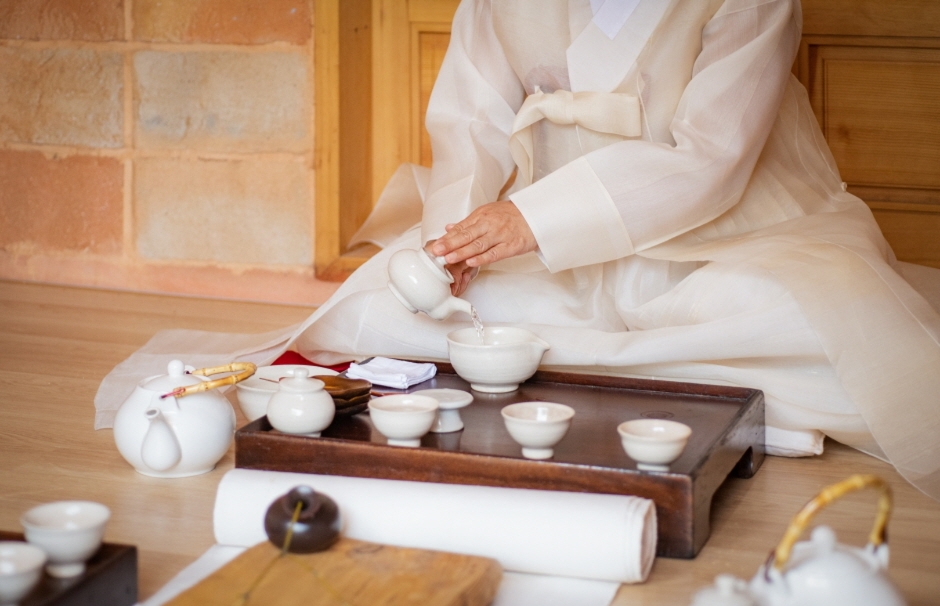
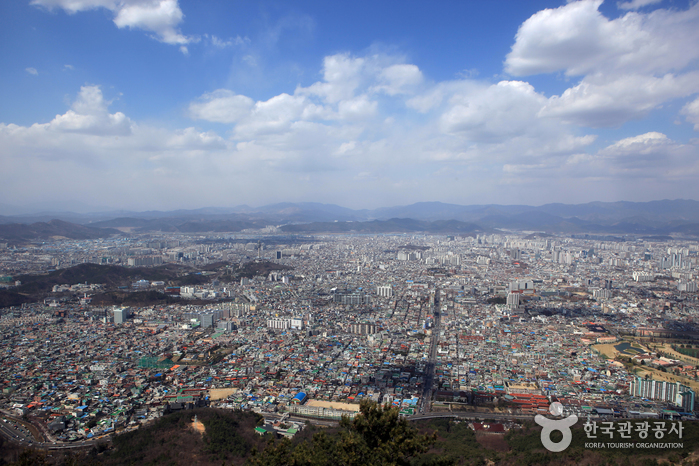
![ER NC Department Store - Kyungsan Branch [Tax Refund Shop] (ER NC백화점 경산)](http://tong.visitkorea.or.kr/cms/resource/57/2883757_image2_1.jpg)
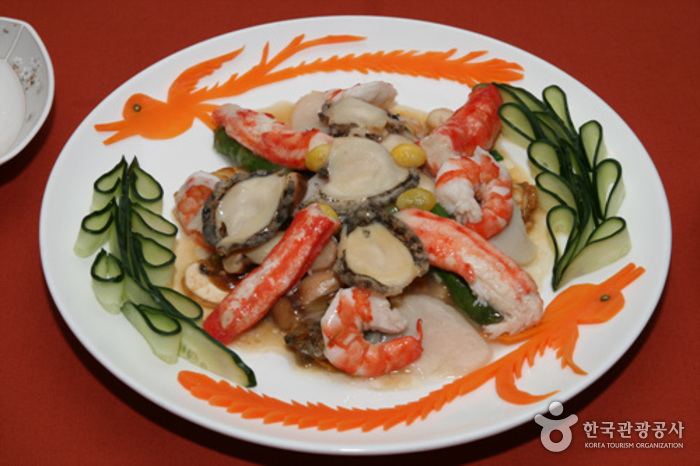
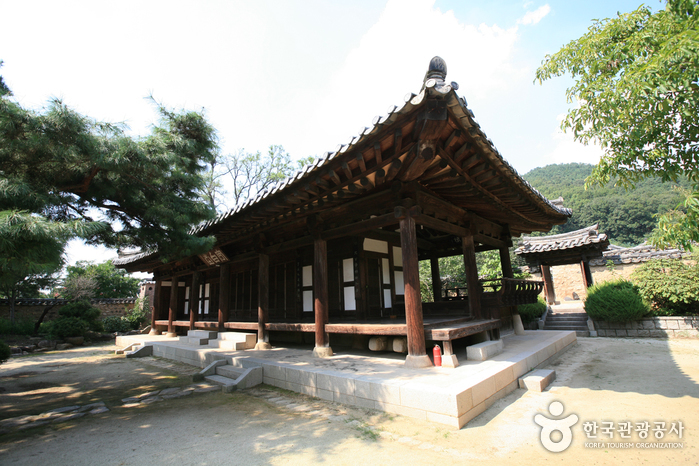
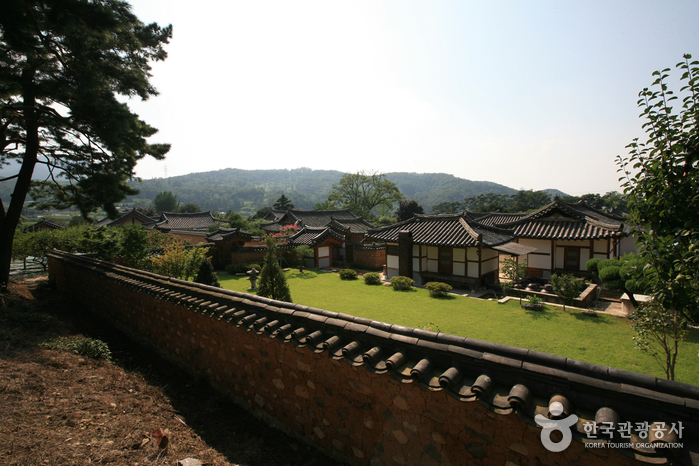
 English
English
 한국어
한국어 日本語
日本語 中文(简体)
中文(简体) Deutsch
Deutsch Français
Français Español
Español Русский
Русский